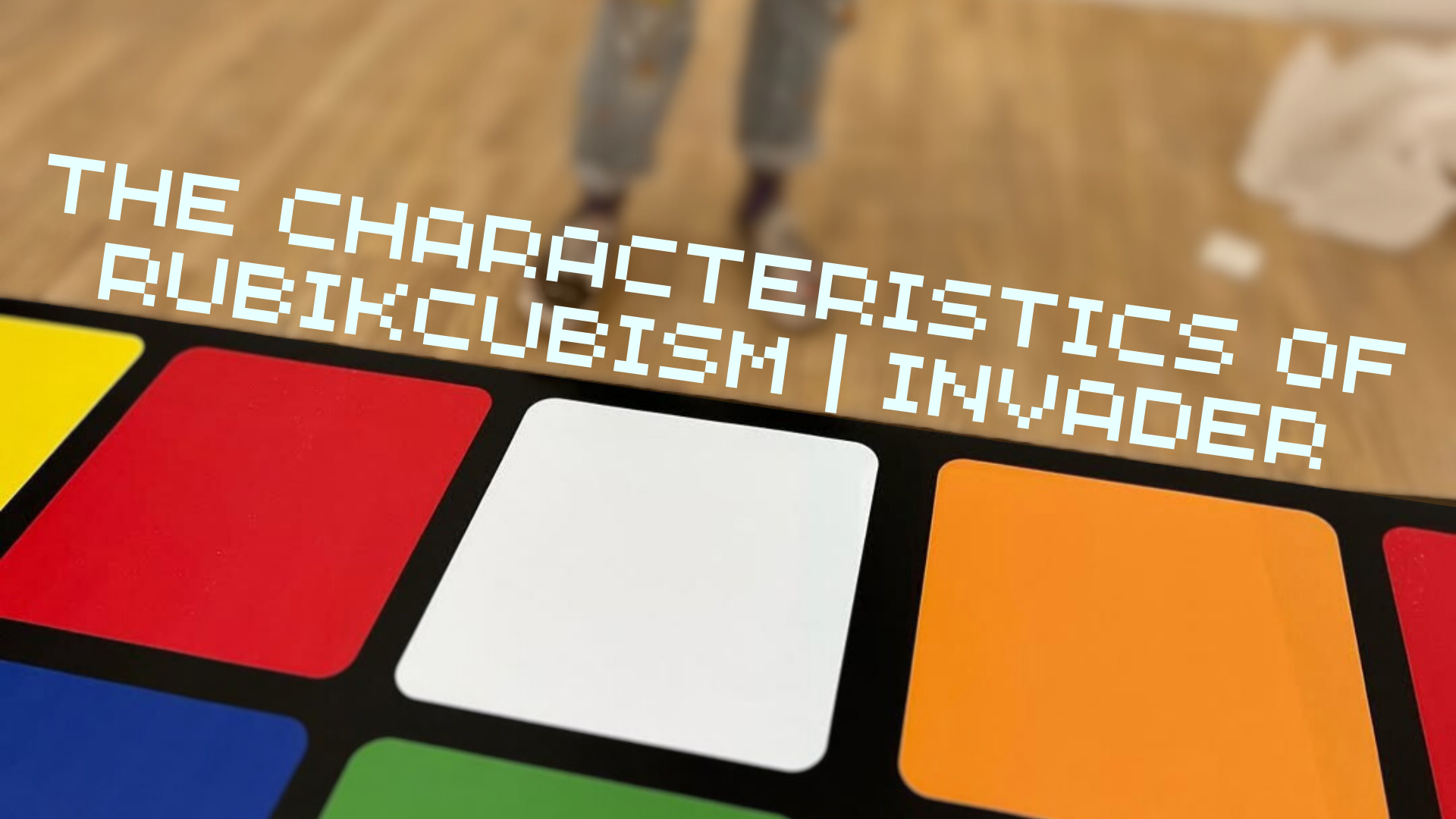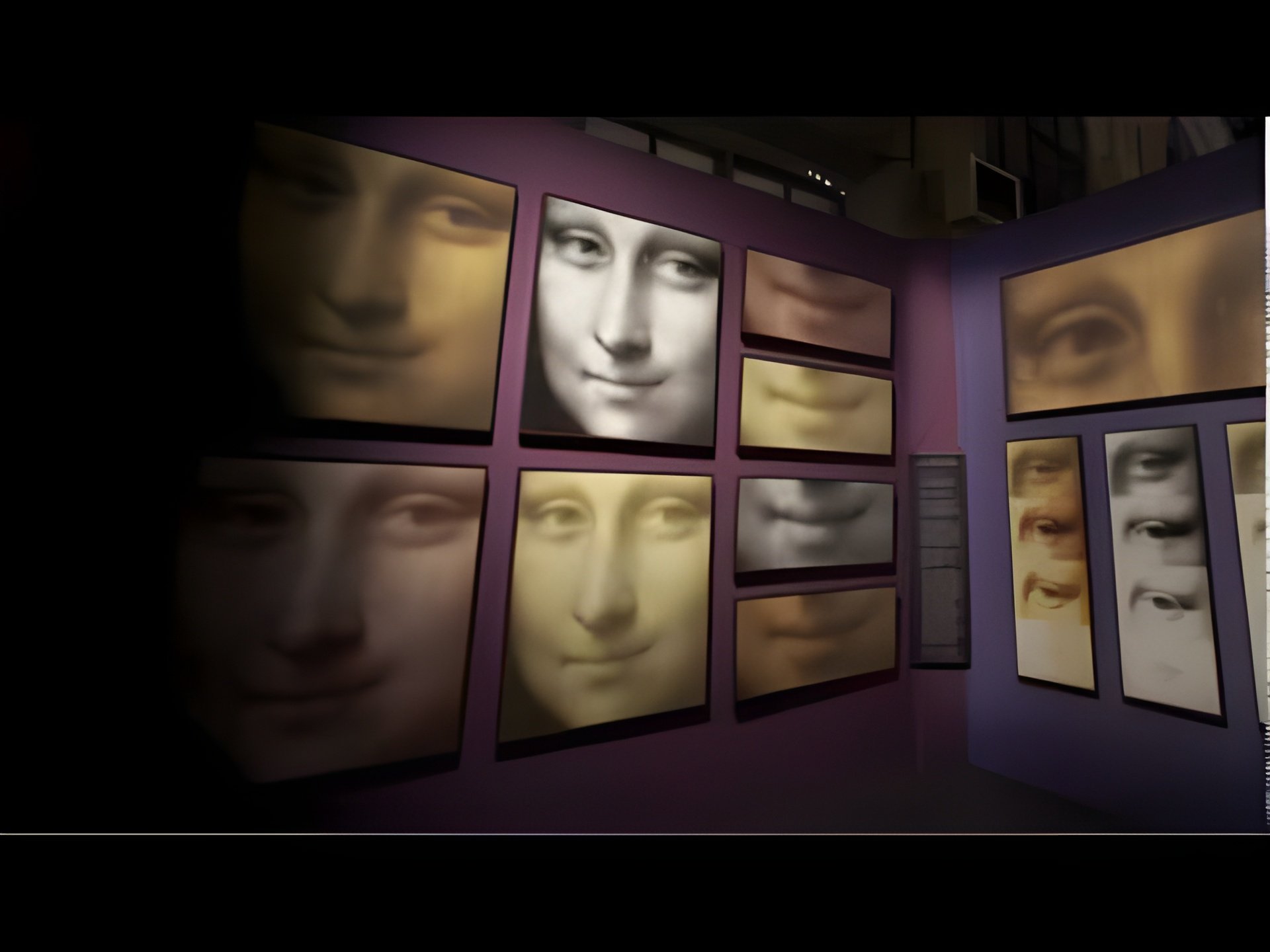The Secrets Hidden Beneath the Surface of Mona Lisa
Read more
As we know, the Renaissance painter Leonardo da Vinci pioneered the practice of sfumato. This means applying thin layers of paint onto the canvas for smooth blending to create gradual transitions between light and shadow. The absence of distinct edges contribute to the seamless, organic appearance of the Mona Lisa's face.
The Theory
When we think of applying a layer of paint onto a canvas, we usually relate it to covering the canvas area completely, leaving the canvas without blank spaces.
But da Vinci is smart. He did not just simply obey the rules, applying solid opaque paint where each layer covers the preceding layer. Instead, he built layer after layer of transparent layers, which allowed light to subtly shine through all the thin layers.
Also, da Vinci diluted his paint to have little pigment in each brush stroke. He often thinned his oil paints with various media, such as linseed and walnut oil to achieve different levels of fluidity and transparency. It allowed him to create soft and atmospheric transitions.
Although da Vinci primarily worked in oil, he may have employed egg tempera paints, especially in the early stages of his paintings. He would dilute the egg tempera with oil to create a more fluid, translucent medium that could be easily applied in thin, transparent layers. This technique isn’t confirmed to be used in Mona Lisa, but he often does this in most of his paintings.
Therefore, it is speculated that the Mona Lisa has 40 layers of oil.
More on Sfumato
The Real Mona Lisa?
Mr. Pascal Cotte, a French scientist, claimed to have found a hidden portrait under the Mona Lisa.
Some may call it Infrared reflectography. It works by projecting a series of intense lights onto the surface of the painting and recapturing the reflected light with a multi-lens camera. It is said that each layer of the painting can be viewed individually and then merged to find a few significant layers.
Microscopic examination of the painting's surface has revealed multiple complex layers of paint applied by da Vinci. It clearly shows that he built up the layers gradually, proving the use of sfumato by Leonardo da Vinci. His constant desire for continuous rework and refinement of the details.
Video by Pascal Cotte
Dissection
Keep in mind that these are all restored images that are slightly edited after capturing with a camera and scanning
This layer (photo on the right) of the painting is probably one of the lower layers. It is believed to be an underpainting or a sketch of the original Mona Lisa. Due to the use of different rays of light, the resultant of this layer seems to be in black-and-white, thus we do not know how the actual color is portrayed.
After scanning, only shapes and monochrome tones are shown. The background of the painting seems blurry and rough, the facial features are not clear and sharp.
This is one of the most distinct and special layers of them all, and it does not look like the current Mona Lisa. But, it’s especially hard to determine how she looked initially due to the loss of the original sketch by the rapid application of oil and pigment.
This is probably one of the middle layers. It shows a portrait we are all familiar with, a woman with a similar expression resembling the Mona Lisa. However, there is a slight twist, the middle layer had a more bloated face. Also, there was different clothing on her shoulders.
It seems so similar yet so different.
There are also signs of accessories of some sort on her hand with the red annotations. Though, this is nowhere to be seen in the final painting. In addition, the arm of the chair is shown more clearly with the green annotations.
Apart from that, there are not many differences between both of them. Both have a similar background, same pose, and similar facial expressions.
Though perhaps the most interesting discovery is this layer of the Mona Lisa. The pioneering technology uncovered a woman very different from the original.
Mr Cotte believes the image he has reconstructed underneath the surface of the painting is Leonardo's original Lisa. The portrait named Mona Lisa shown on the brief surface is another woman different from the Lisa we all can see.
Mr Cotte recolored the image with pigments that were extracted from the original Mona Lisa. Then by blending it with digital software, he could obtain what is under the Mona Lisa, creating the iconic smooth and rich texture.
It looks more saturated than the Mona Lisa. Due to the fading of color, it had lost its vibrancy over time. The varnish layers applied to the Mona Lisa have become yellowed and darkened, thus creating an overall hazy and subdued appearance to the colors.
However, instead of this saturated color, the color of the Mona Lisa may be how Leonardo da Vinci intended it to be.
Da Vinci’s layering process, combined with his preference for using pigments that were more earthy and muted in tone, resulted in a final painting with a relatively desaturated color palette. It should be noted that this underpainting of the Mona Lisa is just a recolored and imagined version.
The Cause
These compositional versions underneath the final Mona Lisa painting depict the sitter in different poses and settings.
Some areas of the painting, especially in the background, appear to have been left unfinished or incomplete by da Vinci.
He was known to constantly revise and rework his paintings, which may explain the rough background. This suggests that the Mona Lisa may have been a work in progress, and da Vinci continually reworked it over time. He had this painting in his possession until he died in 1519. Therefore, the finishing of the Mona Lisa was likely at the same time da Vinci passed away.
Due to his strive for perfection, he often repaints over his earlier work to look for greater improvement. This is why various portraits are lying under the original which all he found unsatisfied with. Some suggest that the Mona Lisa was a kind of lab where Leonardo put anatomy and geometry into practice.
Leonardo da Vinci did not give the Mona Lisa to the Giocondo family, who commissioned the painting. It is believed that he never finished the painting to his satisfaction. He wanted to create a work of art close to realism. One that can have oil paints at a time when artists like him were pioneering such techniques.
Although there are various myths about the existence of all these portraits under the Mona Lisa, we will not have a chance to uncover the truth behind Leonardo da Vinci’s mastermind.
Please do not hesitate to leave a comment below as we are a new aspiring website. We would like to receive as much feedback as possible as we would like to optimize the user’s experience on our website! So please do-so and offer us your invaluable ideas!
All rights reserved
~
We do not own any copyrights to the photos used
~
All rights reserved ~ We do not own any copyrights to the photos used ~





























